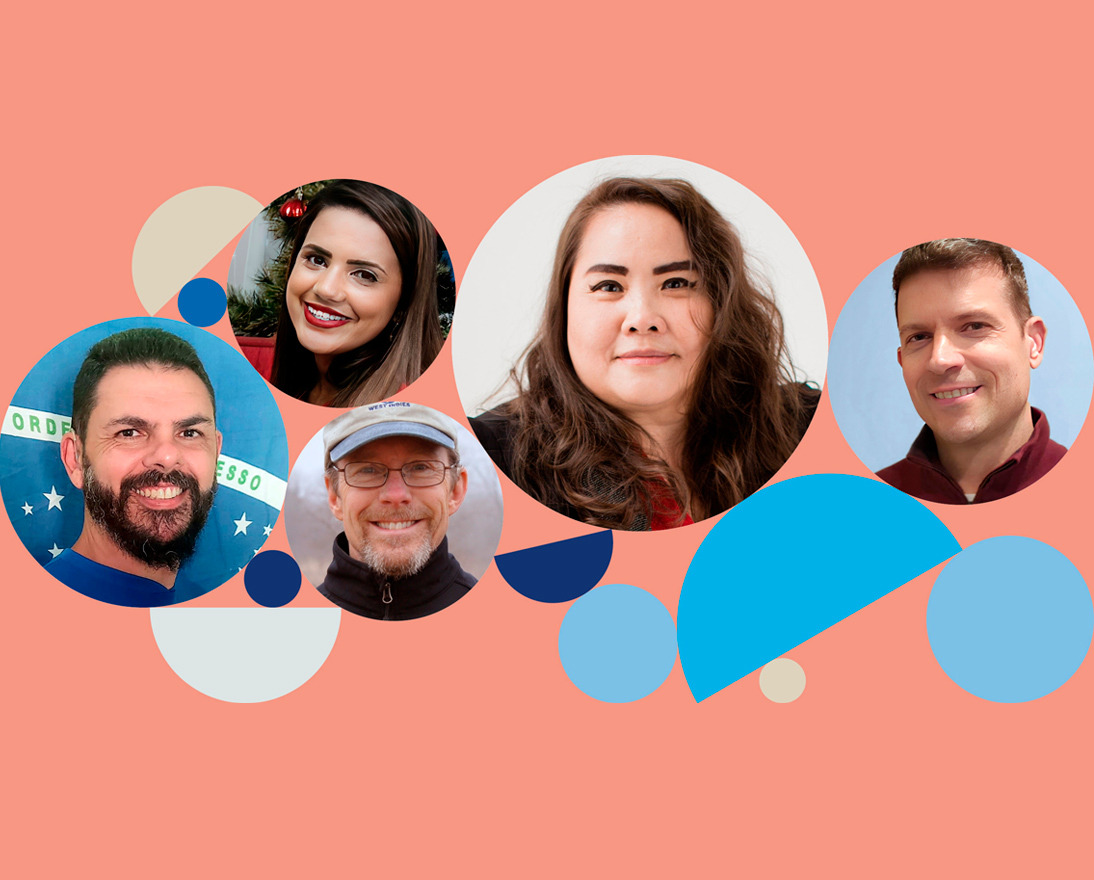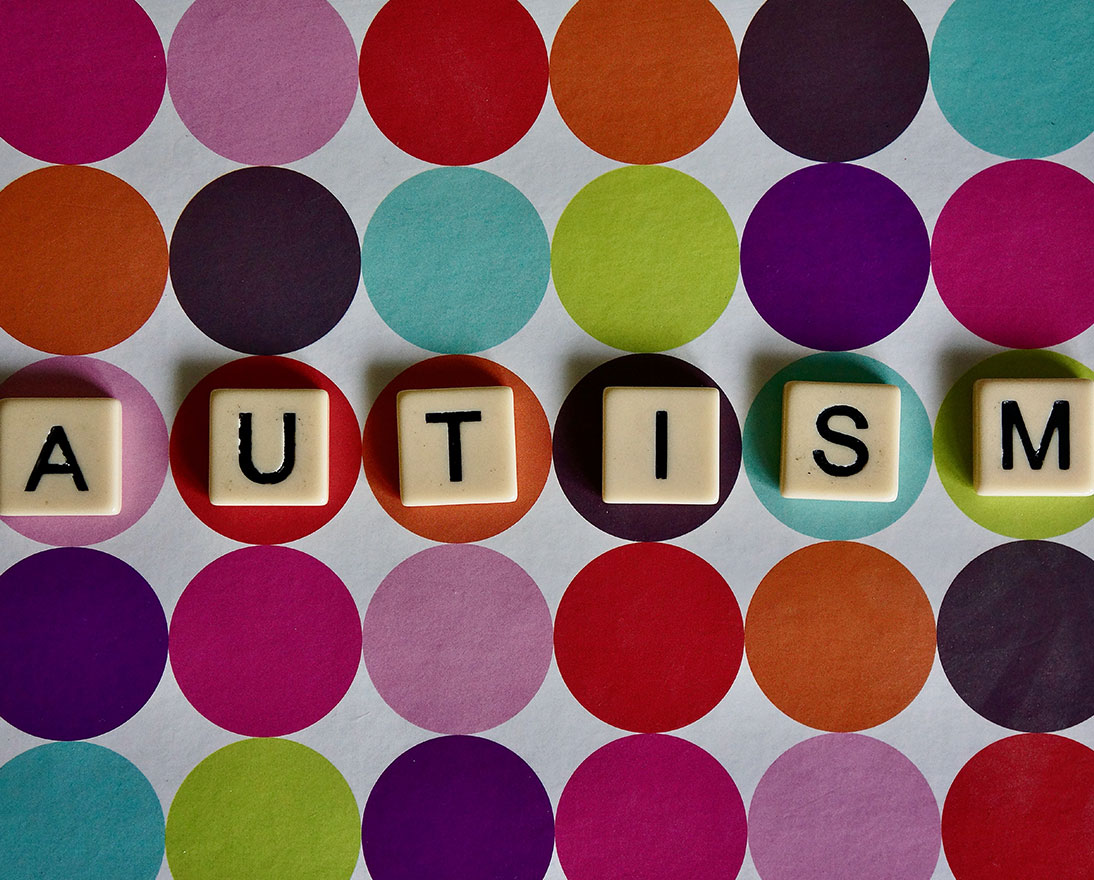Almost 1 in 5 people suffer with hearing loss. So how is this impacting the workplace?
PeopleArticleSeptember 18, 2023
Deafness and hearing loss is a major global health issue that is only likely to worsen as the global population ages. It can have a severe impact on mental health, education and employment prospects. So what can be done?
Deafness and hearing loss is a health issue of pandemic proportions – and it is set to get worse as the world’s population ages. According to the World Health Organization (WHO), more than 1.5 billion people – or 1 in 5 of the global population – suffer with hearing loss. That number will increase to almost 2.5 billion by 2050 with at least 700 million of these people experiencing disabling hearing loss (hearing loss greater than 35 decibels).
Hearing loss can have a negative impact on many aspects of life. It can contribute to a wide number of mental health problems, such as depression, anxiety, isolation and social withdrawal. It is even associated with increased risk of walking problems, falls and dementia. For those born deaf or with impaired hearing, it can hinder the development of language and speech in children, which contributes to lower educational attainment and reduced employment prospects later in life.
Hearing loss and the workplace
Hearing loss has huge ramifications in the workplace. A UK study found that 74 percent of people with hearing loss felt their employment opportunities were limited; 68 percent felt isolated at work; and 41 percent had retired early because of their communication struggles.
Workplace communication difficulties are common for deaf and hard of hearing employees. They may struggle to follow lunch break conversations with coworkers and understand what is said during business meetings. This can make it difficult to follow instructions, which can lead to mistakes and poor performance. All this can mean employees with hearing loss can be ignored for promotions or even fired.
That’s assuming you can get a job in the first place. Andrew Dryden from Zurich North America, who was born deaf, describes job interviews as one of his biggest challenges during his career.
No wonder that adults with hearing loss are twice as likely to be unemployed as those with normal hearing.
But with the right adjustments and employer support, hearing loss does not have to present a barrier in the workplace. Most countries have some form of legislation that guarantees employment rights for people with disabilities, including hearing loss. The Americans with Disabilities Act in the U.S., for instance, prohibits discrimination based on disability and requires employers make reasonable accommodations such as providing assistive listening devices like captioned phones, computer software or strobe light emergency alerting systems for employees who are deaf or hard of hearing. Flexible working arrangements and improved office acoustics and layout can help, too.
Most workplace issues stem from a misunderstanding, so open communication is vital. It helps if managers and coworkers take the time and effort to learn how best to communicate with their deaf colleagues. It can be as simple as using captions and transcription on a Teams call.
“Patience is vital,” says Andrew. “It’s what I look for in an interview. If my prospective boss becomes frustrated communicating with me then that’s a red flag. I’m always asking myself: ‘are they really ready to work with me?’ And if yes, then I’m happy to work with them.”
Preventing hearing loss
Taking steps to help deaf and hard of hearing employees thrive in the workplace is an important step. But preventing hearing loss in the first instance would make a bigger difference.
“It is extremely important we talk about this subject,” says Nagila Gomes, who works with Zurich Santander Insurance America in Brazil and suffered with sudden deafness in her right ear during pregnancy in 2010. “If you ask 100 people if they had an audiometry test in the past 12 months, I imagine nearly all would say no. Encouraging people to take audiometry tests would be a big preventative step,” she says.
The WHO agrees with Nagila that prevention is key. In children, for instance, the WHO claims that almost 60 percent of hearing loss is due to causes that can be prevented through measures such as screening, immunization and improved maternal and neonatal care. It also estimates that more than 1 billion young people are at risk of permanent, avoidable hearing loss due to unsafe listening practices.
Precautions, such as good ear hygiene, avoiding loud sounds and adopting healthy lifestyles can help. But the most crucial factor is public health intervention. This includes clinical screening followed by early intervention measures, such as medical and surgical treatment or rehabilitation. But this requires resources. According to the WHO, among low-income countries, 78 percent have fewer than one ear, nose and throat specialist per million population; and 93 percent have fewer than one audiologist per million.
Hearing technology
Hearing technology, such as hearing aids and cochlear implants, can help restore hearing and alleviate the mental health problems associated with hearing loss. Hearing aids, for instance, are becoming smaller, more powerful and more adaptable. They can be adjusted to amplify high or low pitch sounds, depending on the environment. Many have different settings for restaurants, concerts, meetings and phone calls that can be simply controlled with an app on a smartphone.
But many adults who could benefit from hearing aids do not wear them. In the U.S., only 30 percent of adults aged over 70 with hearing loss have ever used a hearing aid. Among younger adults (aged 20 to 69) that figure drops to 16 percent. There are two issues: cost and stigma.
Hearing aids can cost thousands of dollars, especially when you add fees for consultations, fittings, follow-up adjustments, routine cleaning and batteries. And the cost may not be covered by health insurance. Marilyn Joeman from Zurich Malaysia, who has been hard of hearing since she was a child, says the cost of a hearing aid equates to about a month’s salary in Malaysia – and she needs two of them. Thankfully, she received financial support from her family and recently from Zurich. But many are not so fortunate.
A persistent negative stigma about hearing aids is another reason that stops people from getting help. According to one study, 40 percent of adults with hearing loss who do not use hearing aids name stigma as one of the top five reasons.
“There are older people I know who refuse to get hearing aids because they don’t want to admit they have a hearing issue,” says Bill Lindberg from Zurich North America who suffered hearing loss due to Ménière’s disease and wears a cochlear implant. “Let’s face it, people see you with a hearing aid and think, ‘oh, he’s just an old man; he can’t hear anymore.’ It’s seen as a sign of age, or a sign that your senses are failing.”
Time for action
The issue of hearing loss needs to move up the agenda. If the WHO’s estimates are correct, then a frightening number of people around the globe could be excluded from communication, education and employment.
Everyone has a role to play. Governments need to introduce public health frameworks that focus on ear and hearing care. Employers need to design interview processes and workplaces that allow deaf and hard of hearing people to flourish. And society needs to remove the stigma associated with hearing loss and learn to be more patient and considerate toward people who are deaf or hard of hearing.
Failure to act will mean less people like the wonderfully talented deaf and hard of hearing Zurich employees will have the opportunity to shine. And that would be a travesty.



